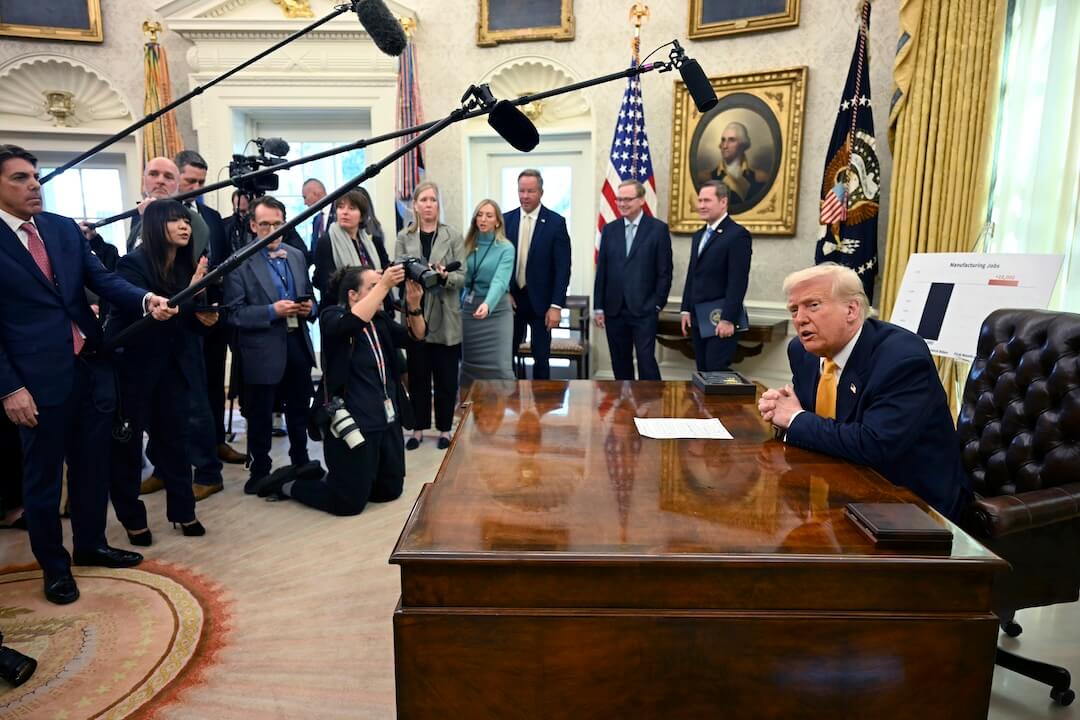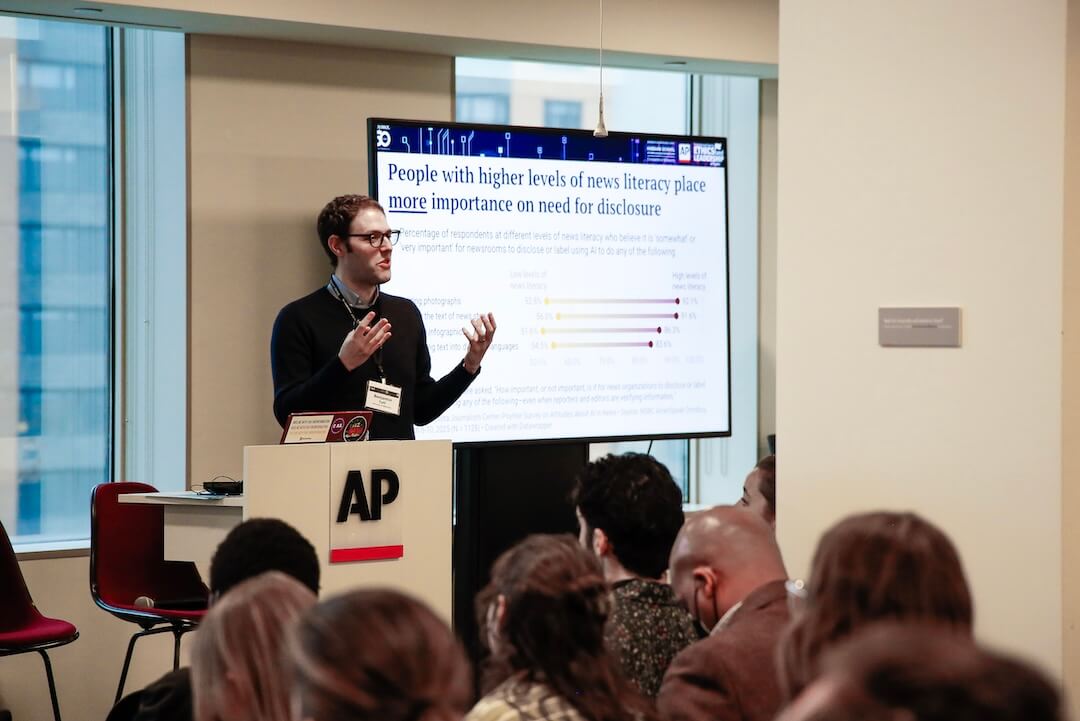With two weeks to go until election day, journalists and voters are preparing for what may be the weirdest election night ever.
Misinformation, disinformation and misreporting after the polls close on Nov. 3 pose a legitimate risk to democracy in the United States. To explore how journalists and voters can understand the role each other plays in the election process, Poynter hosted “The Weirdest Election Night Ever,” an online public forum focused on demystifying the election process and combating misinformation.
The forum included two panels: one on understanding how the press is approaching election night and one on how citizens can combat misinformation while waiting for election results.
The first panel of the event was moderated by NPR TV critic Eric Deggans and included FiveThirtyEight elections analyst Geoffrey Skelley; CBS News political director Caitlin Conant; Joe Lenski, co-founder of Edison Research; and Associated Press executive editor Sally Buzbee.
Buzbee emphasized that the U.S. is unique in its decentralized elections process. Unlike other countries, there is not a federal government agency that tracks and reports results in each state on election day, she said. In the U.S., the media takes on that role.
“Way back 100 years ago, people wanted to know as early as they could, what all those results together meant for the presidency,” Buzbee said. So the Associated Press started tracking results in every county, precinct and state across the county to report vote counts and call elections.
This year, due to an influx of mail-in voting from COVID-19, the policies in different states will impact how fast counties and precincts can report results to the media. In battleground states like Wisconsin, Pennsylvania and Michigan, election officials won’t be able to start counting mail-in ballots until Election Day, according to Conant.
Conant stressed that the media should encourage the public to have patience with election results. If it takes several days to get the results, she said, “it doesn’t mean that something bad happened, it’s just the process playing out.”
“This is a process that happens every year, it’s just more exaggerated in this year because of the current environment and because of such a tremendous increase in the use of by-mail votes,” Lenski said. Once the media knows if a candidate has received 270 electoral votes, they’ll be able to call the race, he said. But for now, it’s uncertain how long that will take.
In the evening’s second panel, Kate Starbird, associate professor at the University of Washington, explained that that uncertainty could increase the threat of misinformation.
Starbird, along with panelists Daniel Funke, PolitiFact staff writer; Heaven Taylor-Wynn, MediaWise multimedia reporter; and Paul Anderson, senior vice president of integrated communication at AARP, discussed the increased risk of misinformation and how voters can spot it on election night. Angie Drobnic Holan, editor-in-chief of PolitiFact, moderated the discussion.
Funke emphasized the increasing amount of misinformation about voter fraud, a rigged election and the security of mail-in voting that has been spreading in the days leading up to Nov. 3.
Those types of misinformation, as well as intentionally misleading disinformation, can undermine voters’ trust in information, the elections processes, government institutions and media, Starbird said.
Disinformation can “amplify divisions and drive people apart,” she said. “In a democracy, we have to come together on a common ground to govern ourselves.”
Taylor-Wynn provided some tips from MediaWise, a digital media literacy initiative at the Poynter Institute, on how to avoid contributing to the spread of misinformation and disinformation.
If a claim causes a strong emotional reaction, positive or negative, Taylor-Wynn encourages people to, “pause for a second, take a step back and think ‘is this information legitimate?’” If it’s unclear, Taylor-Wynn recommends using strategies like lateral reading and reverse image searches to fact-check.
To use lateral reading, a strategy developed by the Stanford History Education Group, open up multiple tabs and read what different sources are reporting. That way, it’s easier to get the facts and the whole picture.
Similarly, Anderson suggested voters seek out information from sources that don’t affirm their political beliefs to escape echo chambers.
Funke urged people to be intentional about where they get their information on election night. Local news outlets and outlets that are transparent about how they confirm their reporting are trustworthy sources, he said.
At the end of the event, the panelists encouraged citizens to hold their peers accountable when they share election misinformation, but also to approach each incident with empathy and compassion.
“We’re all learning. We’re not perfect. We all see stuff in our echo chamber,” said Taylor-Wynn. “Chances are, they’re not sharing misinformation on purpose.”






